
Tours
Rome is a cultural and architectural hub. It has monuments and museums dating back to the Roman Empire. The Colosseum, the Pantheon, and the Trevi Fountain are some famous landmarks in Rome you shouldn’t miss.
There are many world famous landmarks in Rome. Palatine Hill, Roman Forum, and Piazza del Popolo are among the best-known landmarks in Rome.
While every top landmark in Rome is as old as the city hills, the temples of Forum Boarium are the oldest. It was completed in 80 BC, long before the birth of the Roman Empire.
The Pantheon is the most-visited landmark in Rome, attracting over eight million tourists yearly. The Colosseum comes a close second.
Rome’s special landmarks include the Sistine Chapel, the Pantheon, and the Colosseum.
It is hard to choose the top landmarks in Rome, as they’re all equally significant and attractive. The Pyramid of Cestius and the Circus Maximus are two famous and interesting landmarks in Rome.
The Colosseum, the Pantheon, and the Trevi Fountain are the top three landmarks in Rome.
History dominates every Roman street. The Roman Forum, the St. Peter's Basilica, and the Colosseum are among the most famous historical landmarks in Rome.
The Circus Maximus, Spanish Steps, and Trastevere are a few famous cultural landmarks in Rome.
The top religious landmarks you cannot miss in Rome include the St. Peter's Basilica, the Sistine Chapel, and the Arcibasilica di San Giovanni in Laterano.
Rome travel inspiration straight to your inbox
Explore new cities with curated experiences, instant cashback, exclusive deals and essential travel tips!

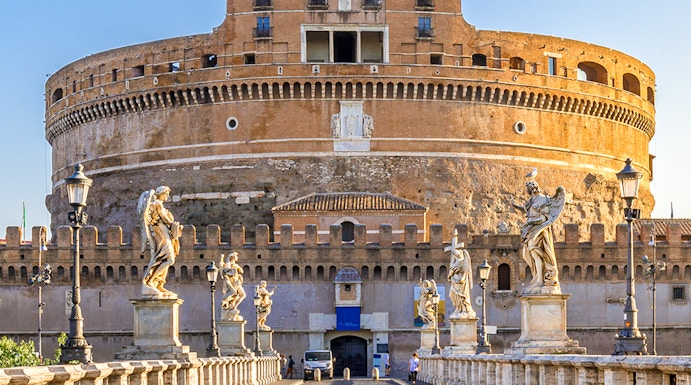
Castel Sant'Angelo in Rome, with a history as Hadrian's tomb and a Papal fortress, now stands as a museum. Its rich legacy includes Renaissance artworks, architectural marvels, and the famed Passetto di Borgo leading to the Vatican, reflecting centuries of tumultuous Italian history.
Why Visit?
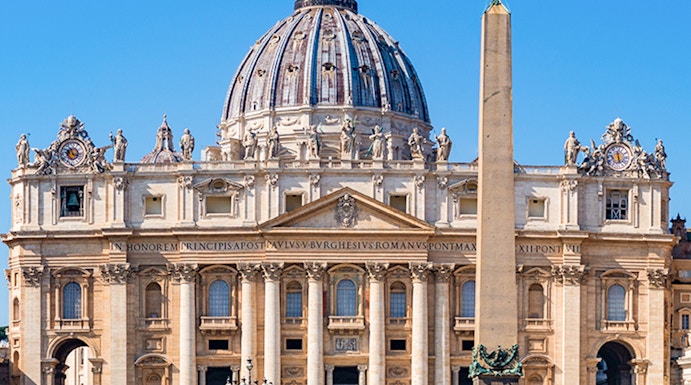
Home to Micheangelo’s Pieta and numerous other Renaissance treasures, the St. Peter's Basilica in the Vatican is the heart of the Catholic Church and the venue of the Pope’s liturgies. Seekers of art, spirituality, and history will fall in love with this massive basilica built over St Peter’s tomb.
Why Visit?
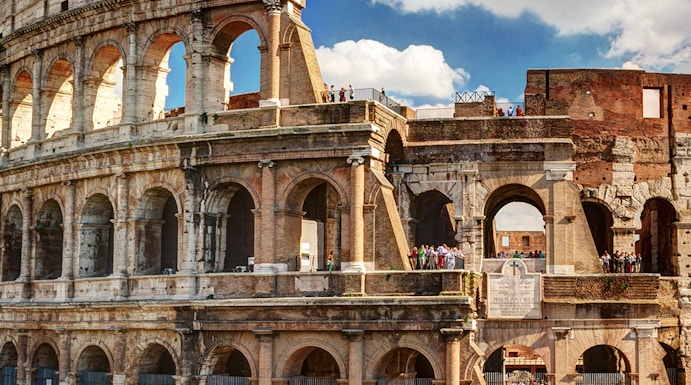
Visit Rome's Colosseum, the Flavian Amphitheatre, an iconic structure and the largest ancient amphitheater built. With a 50,000-person capacity, it remains the world's largest. Constructed from 70-80 AD, it hosted gladiator battles, hunts, and dramas. Explore the underground chambers where fighters and beasts prepared for combat or sit in the top tiers to feel like the Emperors did.
Why Visit?

The Roman Pantheon is a must-visit attraction in Rome, known for its historical significance and architectural brilliance. This ancient temple was built in 126 AD and is dedicated to the pagan gods. It showcases the perfect symmetry of classical architecture and the iconic dome adds to its charm. Tourists are drawn to the Pantheon to witness its grandeur and explore its history. To make the most of your visit, get tickets, tours, guided tours, and skip-the-line access with us. Experience the magic of Roman Pantheon with ease.
Why Visit?
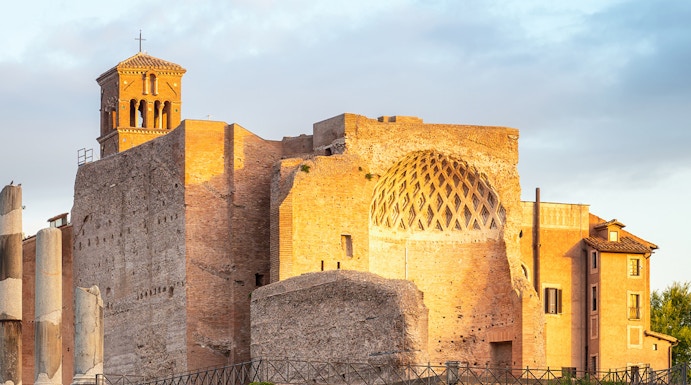
Discover the once extravagant Golden House constructed by Emperor Nero and unearth ancient secrets with an expert guide. Relive the glory of the vast landscaped complex with a virtual reality experience.
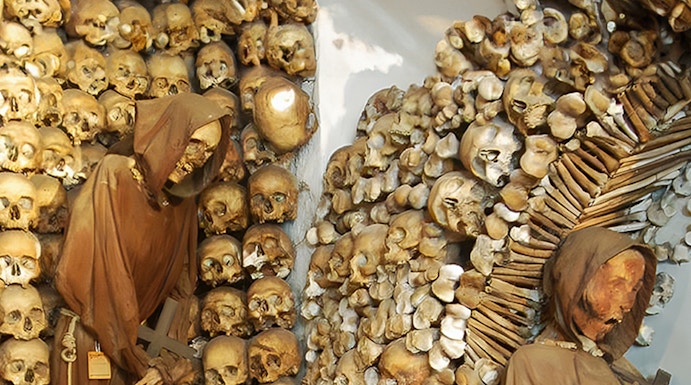
Explore ancient burial tunnels that reveal the hidden and eerie history of early Christianity.
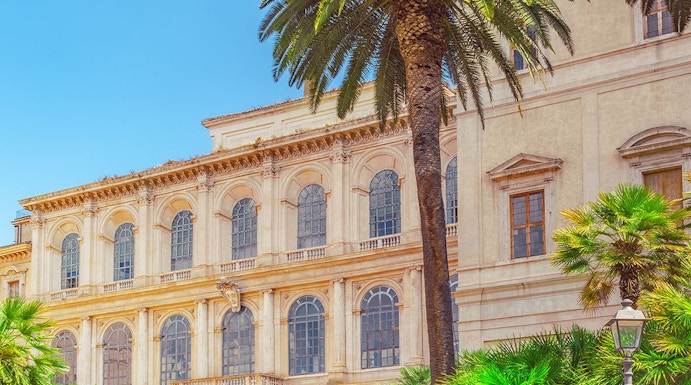
Palazzo Barberini is a standout among Roman Baroque palaces, celebrated for its distinctive design, renowned paintings, and significant cultural influence. This 17th-century gem is famed for its charming Piazza and two iconic fountains—the Triton Fountain and Fontana delle Api. Inside, the Galleria Nazionale d'Arte Antica hosts Rome's primary collection of ancient paintings. Situated in the heart of Rome, Palazzo Barberini is a compelling destination for exploration and discovery.
Why Visit?
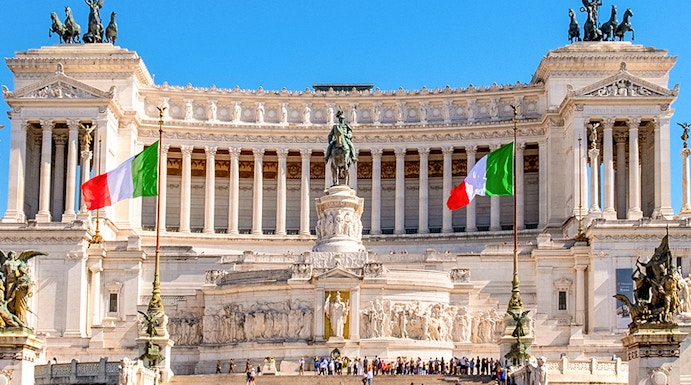
The Altare della Patria is a symbol of modern Italy, built after unification to celebrate national identity. It stands at the center of Rome, connecting the city’s ancient past with its new history. Facing Via dei Fori Imperiali, the monument is part of Italy’s state ceremony route and hosts military parades on special occasions like Republic Day. The bronze chariots on top represent unity and freedom, ideals at the heart of Italy’s rebirth as a nation.
Why Visit?
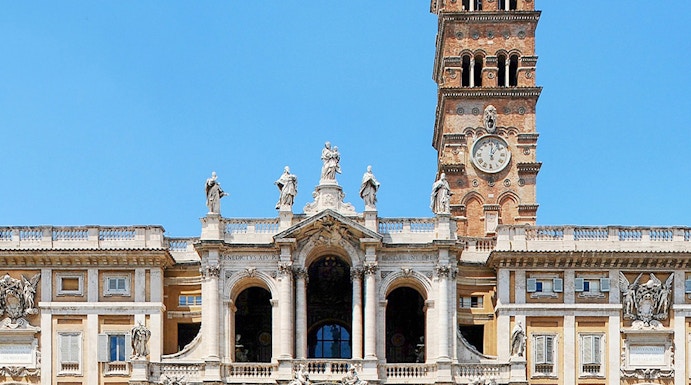
As a museum of living faith and art, Santa Maria Maggiore Basilica dazzles with its 5th-century mosaics, Renaissance gold ceiling, and chapels filled with masterpieces. Visitors can explore a timeline of Christian art and architecture, from ancient Roman columns to Baroque splendor, all within a vibrant, active place of worship that feels both grand and intimate.
Why Visit?

Visit Rome's Mamertine Prison. Dive into its history, from the imprisonment of state enemies to Apostles Peter and Paul. Discover the city's eerie past.

Unearth the secrets of the Trevi Fountain on guided tours. Discover the history and local myths of this baroque masterpiece. Don't leave without tossing a coin for luck! Choose from Rome's best attractions with our Trevi Fountain-centered options.